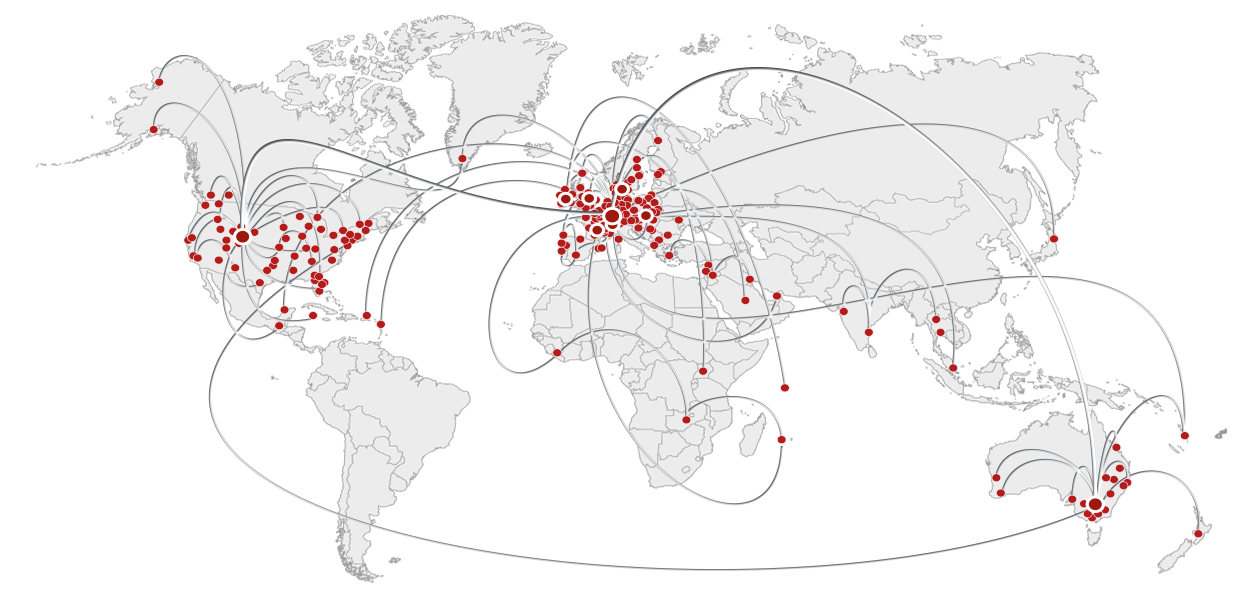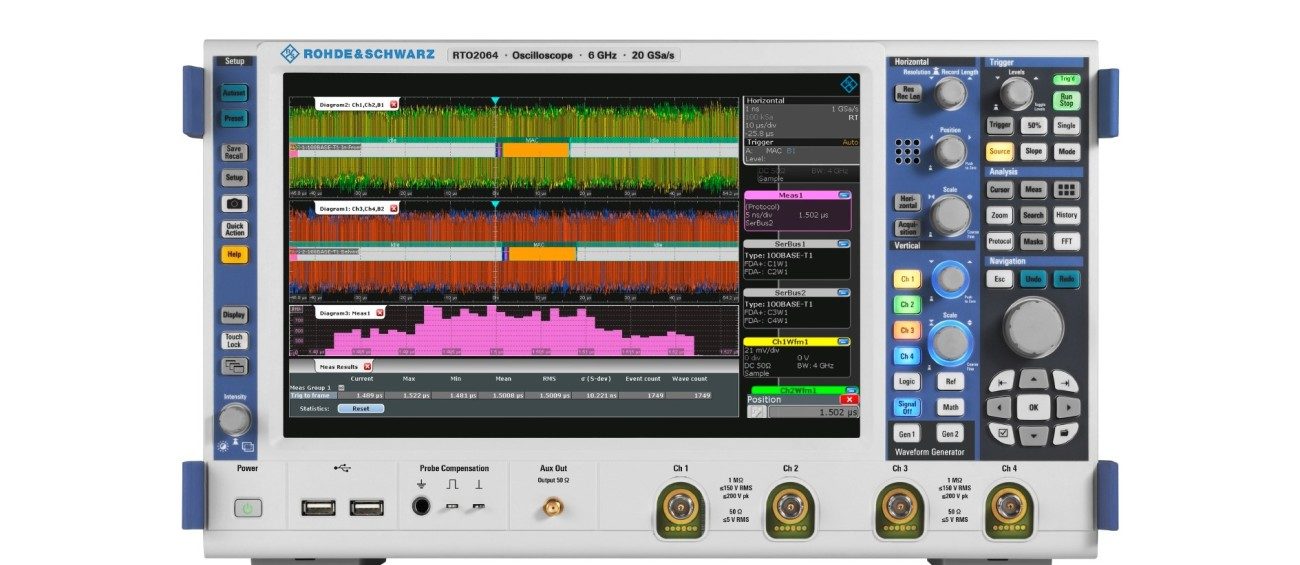

- #NETWORK TIMING SOLUTIONS DRIVERS#
- #NETWORK TIMING SOLUTIONS FULL#
It’s important to note, however, that some coordination features like Coordinated Multipoint (CoMP) demand much tighter timing. For example, Carrier Aggregation and Mobile Broadcast require the absolute time-of-day difference between nodes of 3 to 5 µs. This gives a total budget of 1.5 µs absolute time-of-day difference between radio nodes, which meets the timing requirements of most radio applications today. Ericsson proposes timing budgets allow for 1.1 µs time-of-day difference from the core of the network to the access edge, and about 400 ns from the access edge to the radio.

Transport network requirementsįigure 3 illustrates the synchronization requirements in the end-to-end transport network.
Careful placement of GNSS and reference clocks required to cover network within time error budgetĮricsson’s recommendation is to move toward the GNSS + FTS option with the deployment of routers that fully support timing and sync requirements while delivering the highest level of performance. Every node in transport network must have a boundary or transparent clock. Highest overall reliability and performance. Accurate and redundant time distribution. #NETWORK TIMING SOLUTIONS FULL#
GNSS at some RAN or Transport sites with full timing support (FTS) from the transport network
Reference clocks also required at carefully designed locations throughout network. High cost as GNSS still required at all RAN sites. Doesn’t require each transport network node to be timing aware. Provides backup in case of local GPS outage. Increased risk of deployment delays due to GNSS signal unavailabilityĪdd Assisted Partial Timing Support (APTS) everywhere as a backup to GNSS. Costly due to hardware and installation. There are three primary options for ensuring the required availability and reliability of timing and synchronization as follows: Option Further, as the number of sites grows with densifications, adding GPS to each site becomes a significant additional cost that can be mitigated through a network-based timing solution. However, it is only prudent for operators to have a viable backup to GPS because timing is a critical component of network performance. Today in most of North America, GNSS/GPS continues to satisfy the market’s timing requirements. In general, a mix of absolute (network wide) and relative (between neighboring radios) criteria require a time sync of ~1.5 μs or less to support a network’s new spectrum and RAN features.Ĭlick here to view the large image Technology options and challenges Beam-forming with NR-TDD, on the other hand, requires absolute time sync ~1.5 μs (synchronization across the whole network). For example, the deployment of coordinated RAN features such as CoMP requires relative time sync <= 1 μs (synchronization between neighbor radios). In addition to the spectrum requirements, RAN technologies and features rely on time sync levels of various accuracies as indicated in Figure 1. Here, much tighter time and phase synchronization is required to ensure against interference between the uplink and downlink. Time division duplex (TDD) spectrum such as CBRS and mmWave, however, is a different story. FDD-based 5G and LTE networks can survive lengthy (> 1 hour) loss of sync. In frequency-divided (FDD) spectrum, a relatively loose frequency synchronization is all that’s needed. The specific requirements for RAN timing and sync are dependent on the radio technology deployed and the spectrum used. #NETWORK TIMING SOLUTIONS DRIVERS#
RAN drivers of timing and syncĪlthough the mobile transport network itself does not need synchronization, it can provide timing and synchronization to the RAN. This article takes a look at the technology drivers, options and considerations for timing and synchronization in mobile transport when planning for 5G networks. To ensure protection against sync loss, operators must look beyond their current sole reliance on GPS. To realize the benefits of new TDD spectrum and the full potential of 5G, highly accurate time synchronization is needed almost everywhere in the network. In this blog we will look more closely into one aspect – timing and synchronization. In a previous blog post we talked about how Emerging RAN requirements require 5G-ready transport.






 0 kommentar(er)
0 kommentar(er)
